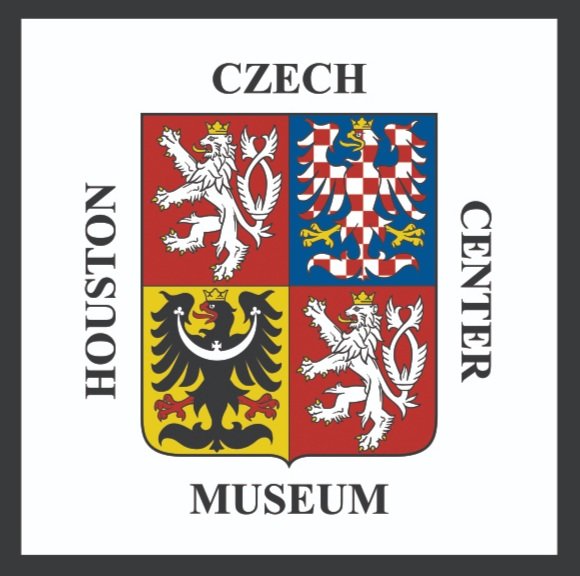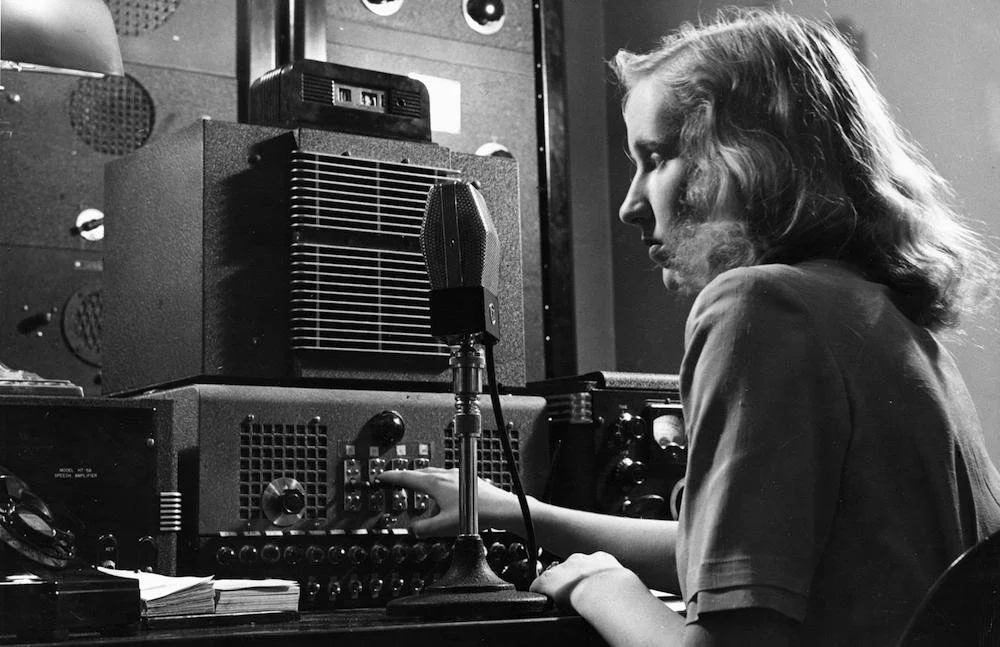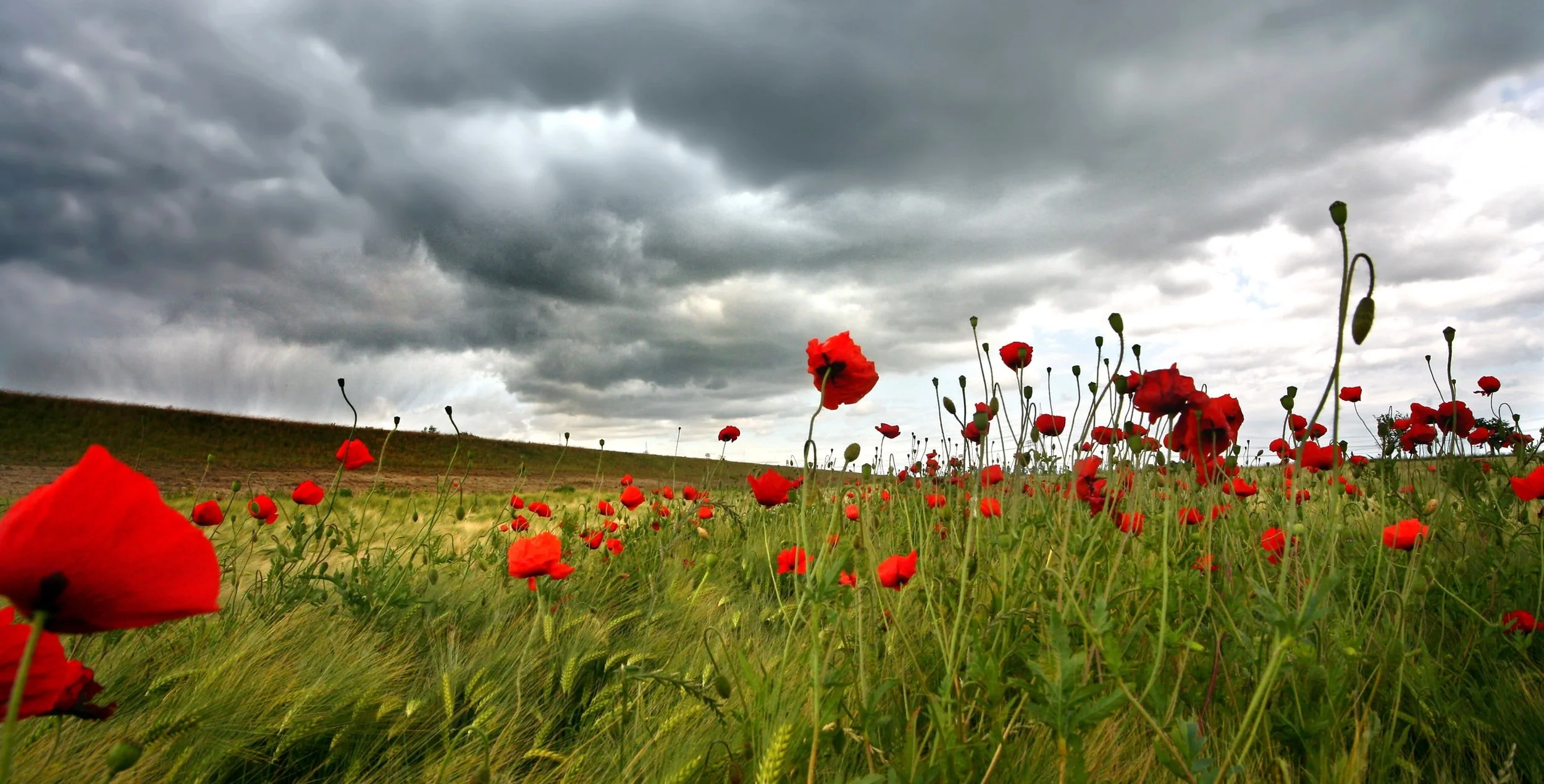Many know the life and legacies of Tomáš Masaryk and Edvard µţ±đ˛Ô±đš, two Czechs who helped to found Czechoslovakia. However, there was a third person who played a very important role in the founding of the country: a Slovak named Milan Ĺ łŮ±đ´Úá˛Ôľ±°ě. Before he participated in the founding of Czechoslovakia though, he was first an astronomer and aviator.
Radio Revolution
Radio and its revolutionary effect were felt in Czechoslovakia just as it was in the rest of the world. It began with the first broadcasts, occurring before World War I, into the first Czech-produced program in late 1919. Of course, as radio technology progressed and advanced, its use as a medium for propaganda grew more and more robust. Despite its use in propaganda, radio also served as a tool to disseminate important information about the nation and the world at-large.
Jan °´ÇłŮÄ›°ů˛ą: Founder of Modern Czech Architecture
Jan °´ÇłŮÄ›°ů˛ą was an important figure in Czech architecture for his use of modern elements in his works, earning him the title of “founder of modern Czech architecture.” °´ÇłŮÄ›°ů˛ąâ€™s career began with the renovation of ÄŚervenĂ˝ Hrádek, using both neo-Gothic and Art Nouveau elements outside and inside, respectively. Despite being controversial in terms of culture and architectural style, °´ÇłŮÄ›°ů˛ąâ€™s life and career continued in success, culminating in the creation of his 1913 “masterpiece” the Museum of Eastern Bohemia. Throughout his life, Jan °´ÇłŮÄ›°ů˛ą continued to create and build works of great architecture.
Tomáš Masaryk and the United States
Tomáš Masaryk, the first president of Czechoslovakia, was inspired by the freedom and democracy of the United States. While negotiating for Czechoslovakia’s independence, Masaryk developed not only a political relationship but also a personal and intellectual one with the United States. During the First World War, he was exiled after siding with the Allied Powers, but did not give up on garnering support from his fellow Czechoslovakians. The Lansing Declaration of May 1918 was one of many important moments in the future creation of the Czechoslovak Republic.
Czech Cottage Culture
Czech National Revival
A response to increased Germanization, the Czech National Revival revived Czech literature, language, history, and politics. Increased nationalism marked this period of cultural revival. The movement started before the 19th century with Czech intellectuals such as Josef Jungman and Josef ¶Ů´Ç˛ú°ů´Ç±ą˛ő°ěĂ˝ becoming more discontent with the decrease in Czech culture, language, and national identity. Czech national identity also involved realism, rejecting the romanticism of the past, which was considered “anti-nationalist.” With the end of the Great War, the goals of the National Revival movement were successfully met.
Czech Cubism (Cubo-Expressionism)
The term Cubo-Expressionism was coined in the early 1970s to describe Czech avant-garde art in the 20th century, when elements of Cubism and Expressionism were combined. It was a revolt from earlier art forms with spiritual elements. Czech Cubism, as Cubo-Expressionism is also called, was applied to just more than art pieces, including furniture, objects, architecture, etc. One of the most famous Cubo-Expressionists is Pavel ´ł˛ą˛Ôá°ě, a Czech architect, designer, planner, professor, and theoretician.
Bertha von Suttner: the first woman to win the Nobel Peace Prize
Bertha von Suttner’s commitment to peace and anti-war movements created the building block to many significant changes in Europe. Unfortunately, the political figures and aristocracy she argued against ignored her warnings. For example, von Suttner warned governments and aristocracy of increased citizen involvement in affairs of war and even the use of nuclear weapons. Eventually, her ideas for peace were soon adopted post-World War II.
Czech Beer : A Brief History
From the Brevnov Monastery to the modern-day Pilsner, the Czech people have been enjoying beer for over a thousand years. Known as the beer of tradition, Czech beer is ingrained into history itself. When beermaking was banned. the Brenov Monastery, as the first-ever Bohemian brewery, was exempt. Initially, after the ban on brewing ended, only noble families or homeowners were allowed to brew beer. It was in 1842 that the famous Pilsner was created.
George "Papa Bear" Halas
The Chicago Bears began with American football coach, owner, and NFL administrator George “Papa Bear” Halas, born in Chicago, Illinois to Slovak immigrants. Initially, however, Halas began as a player who joined the Navy during World War I, before becoming a player-coach. Throughout his life, “Papa Bear” Halas invested his life into football, winning six NFL championships as head coach while practicing many innovative routines that allowed him and his team to win.
An Army with No Country: A Siberian Odyssey
It’s the First World War, and the Czechoslovaks must get their soldiers from Ukraine to France, but without going through a Central Powers country or a sea without enemy ships. What do they do? Naturally, they go East: fight through the Bolsheviks, take over the Russian railway network, capture most of Siberia, and reach Vladivostok before the ships arrive to get you home. All this while losing less than 10% of your men over three years of fighting. It might sound crazy, but this is just the 2nd part to the story of the Czechoslovak Legion.
Czechoslovakia and their only naval battle
Despite being a landlocked nation, Czechoslovakia had a naval army, one which fought a single battle. This singular battle took place on Lake Baikal in Russia during WWI. Being that Czechoslovakian soldiers fought so far away from their own nation and that they seemed unwelcome in Russia, the situation of their naval military grew more complicated.
Dissolution of the Austro-Hungarian Empire
It's quite a difficult thing to pin down an exact historical reason for any significant event. We can, however, follow the lives of a specific royal family and the events that surrounded their tragic lives. Over the course of a seventy-two year span, we will look at the events that led to the creation and dissolution of the Austro-Hungarian Empire.
Foundation of Czechoslovakia
Josef Lada
Remembered as a timeless, illustrator, writer, and iconic caricaturist for newspapers and books. Josef Lada work has become a staple in Czech heritage, encompassing everyday life and even reflecting moments in Czech history. Josef is known for his unique humor and specific drawing style. His work is known by many around the world and continues to reach new generations today.












